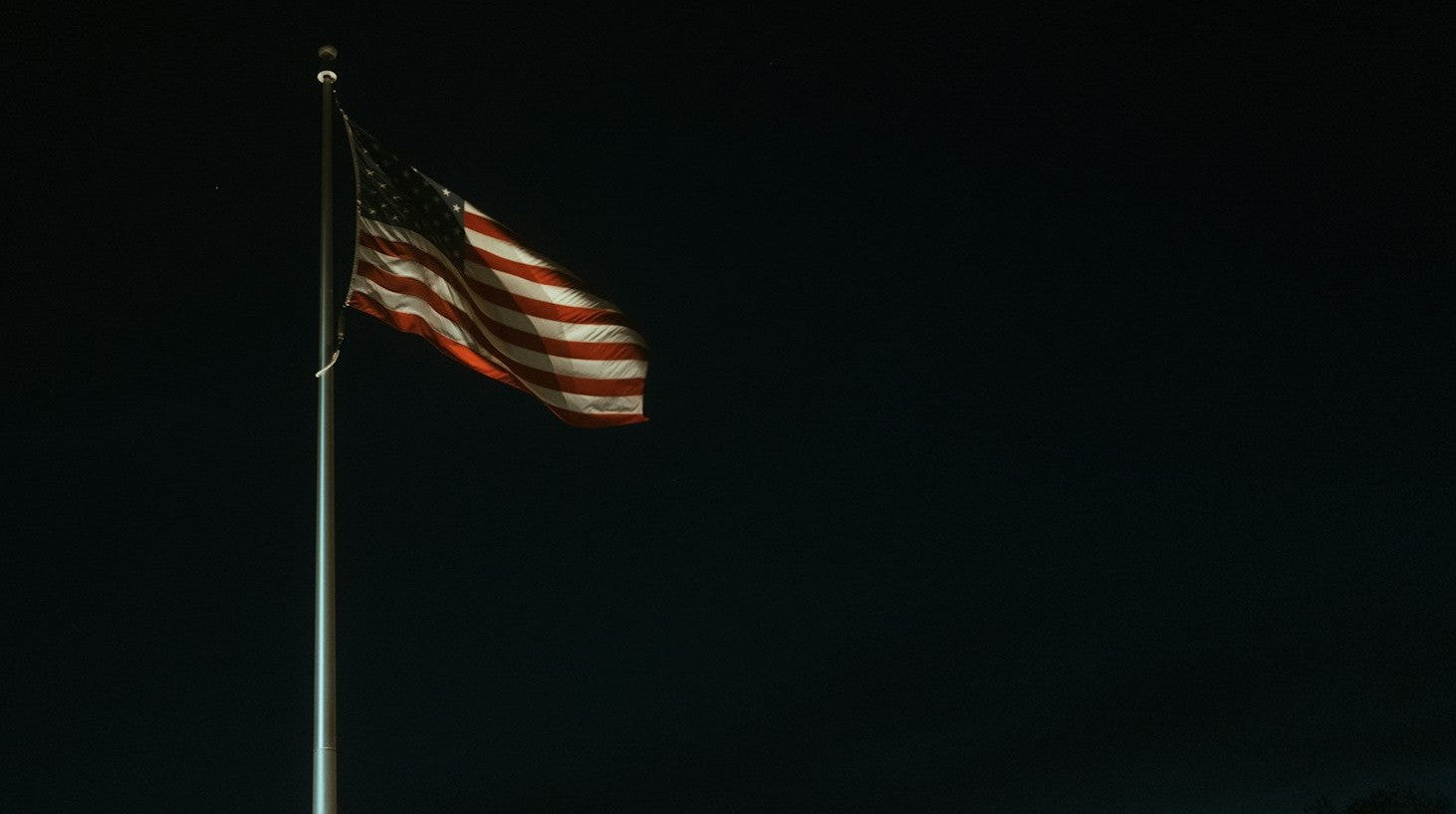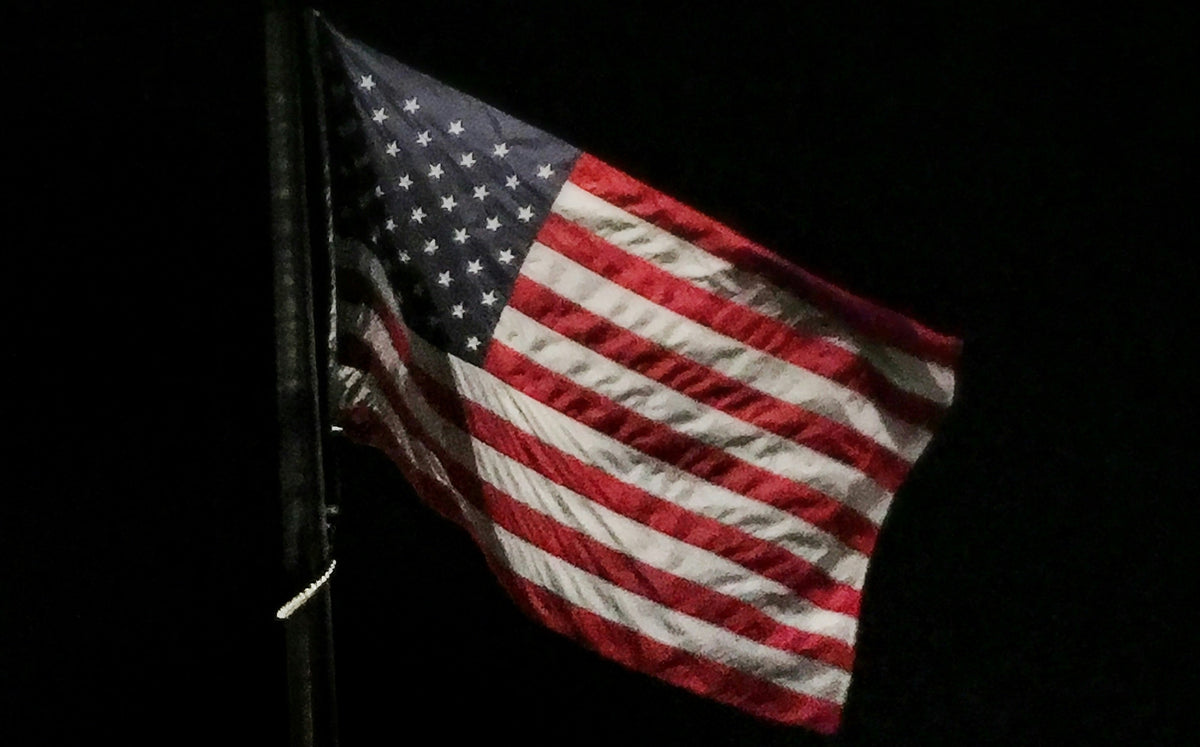

What Is the U.S. Flag Code?
The U.S. Flag Code is a set of official guidelines for how to properly display and handle the American flag.
It was first adopted in 1923 and later signed into law as Public Law 94-344 in 1942.
The Flag Code isn’t criminal law — you won’t be fined for breaking it — but it sets the national standard for how to treat the flag with respect.
Government buildings follow it. So do schools, veteran groups, and most businesses. If you fly the flag, the Flag Code is how you show it the dignity it deserves.
Core U.S. Flag Code Guidelines
These are the most widely observed standards for flying the American flag with respect, at home or on commercial property.








Commercial Flag Display
Flying the American flag at a place of business or institution comes with added visibility and greater expectations.
Visibility matters
Commercial flags should be large enough to match the scale of your property and clearly visible from roads or public spaces.
Lighting is non-negotiable
The Flag Code requires proper lighting at night. Solar or wired systems ensure you stay compliant and respectful.
Plan for half-staff protocols
Businesses and public buildings are expected to lower the flag on national days of mourning. Use a halyard system for easy adjustment.
Know your zoning
Taller poles (25–80 ft) may require permits or wind-load assessments depending on your local codes.
Choose the right materials
For high-wind or coastal areas, upgrade to reinforced poles and commercial-grade flag fabrics for long-term durability.
In today’s global economy, it’s hard to find anything truly, fully American-made.
Even most “Made in USA” claims quietly rely on imported parts.
We’re choosing not to hide behind those loopholes.
Instead, we’re inviting you to join us in the pursuit.
Because patriotism isn’t just waving the flag. It’s building the future it represents.
American Flag Display Checklist
(Commercial or Residential Use)
A quick guide to fly the flag with dignity, according to the U.S. Flag Code.










Compliance Begins with Craftsmanship
Compliance Begins with Craftsmanship
Flag Display & Compliance FAQ
-
It depends on your location. Most residential poles under 25–30 feet don’t require permits, but taller commercial installations may need zoning approval. Always check with your city or HOA.
-
Not illegal, but it goes against the U.S. Flag Code. Any flag displayed after dark should be properly illuminated. Our kits include solar lights to ensure compliance.
-
For homes, 20–25 feet is standard. For commercial or civic spaces, 25–40+ feet is typical. Choose a height that fits your property and keeps the flag clearly visible.
-
Yes — but the American flag must always be at the top, and no flag should be larger or flown above it.
-
When your flag is faded, torn, or fraying, it should be retired with dignity — typically by burning in a respectful ceremony. Many VFW or American Legion posts can assist.
-
For tall or commercial poles, yes. A halyard (rope) allows you to raise, lower, and fly at half-staff with ease — which is often expected for schools, government buildings, and businesses.

